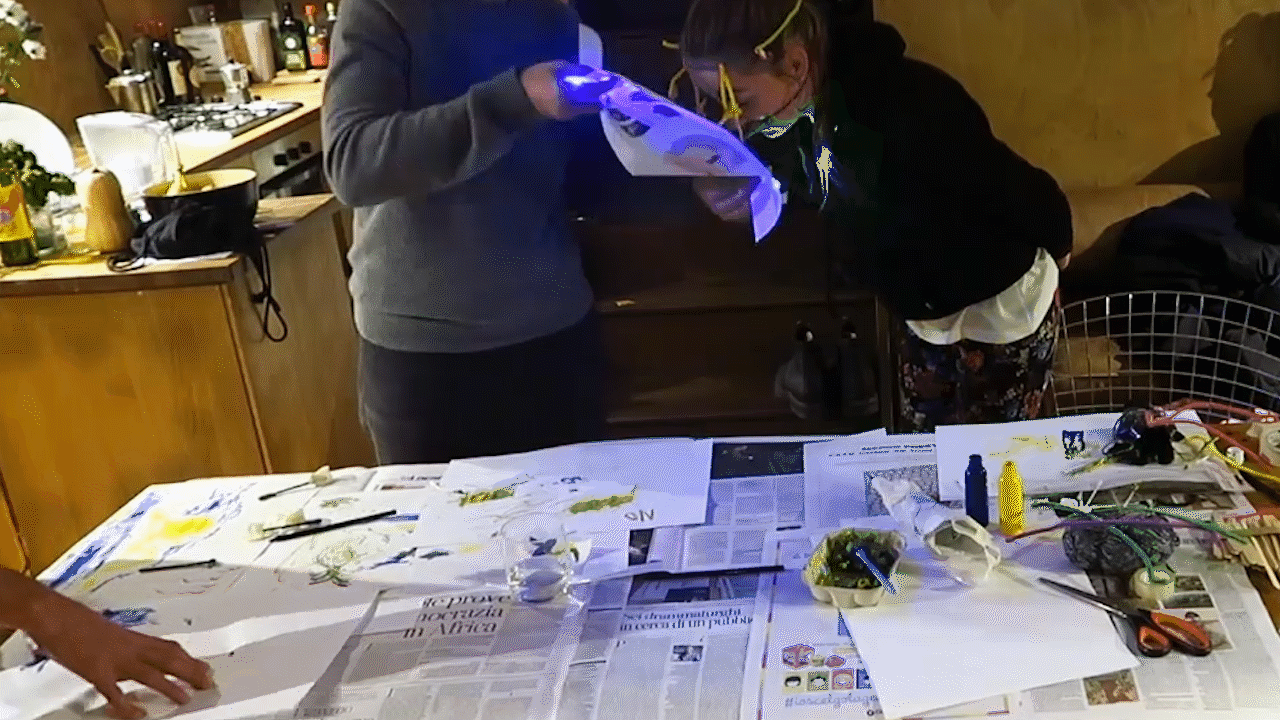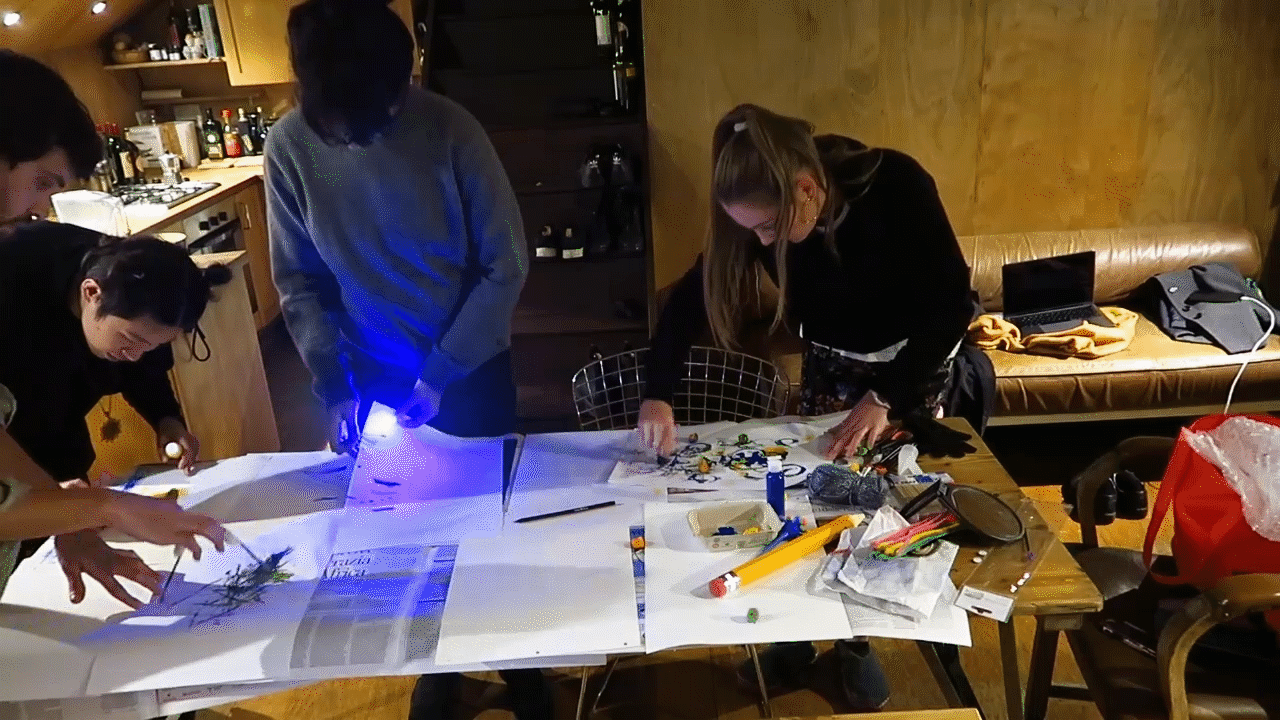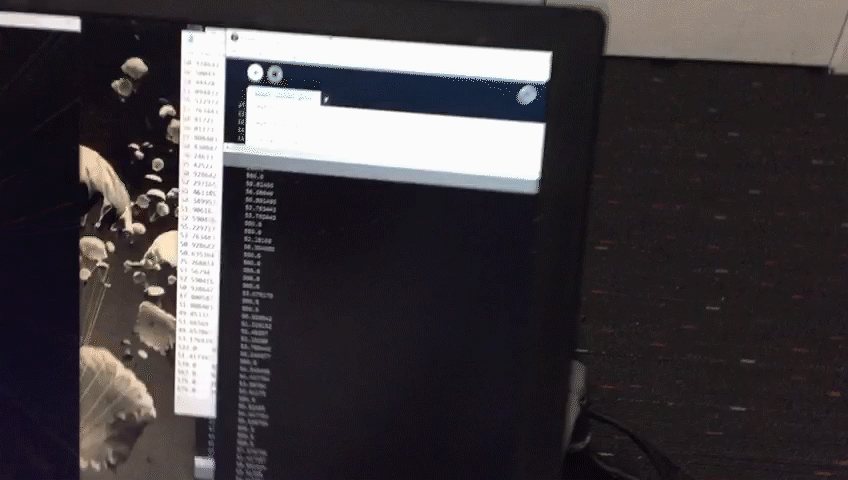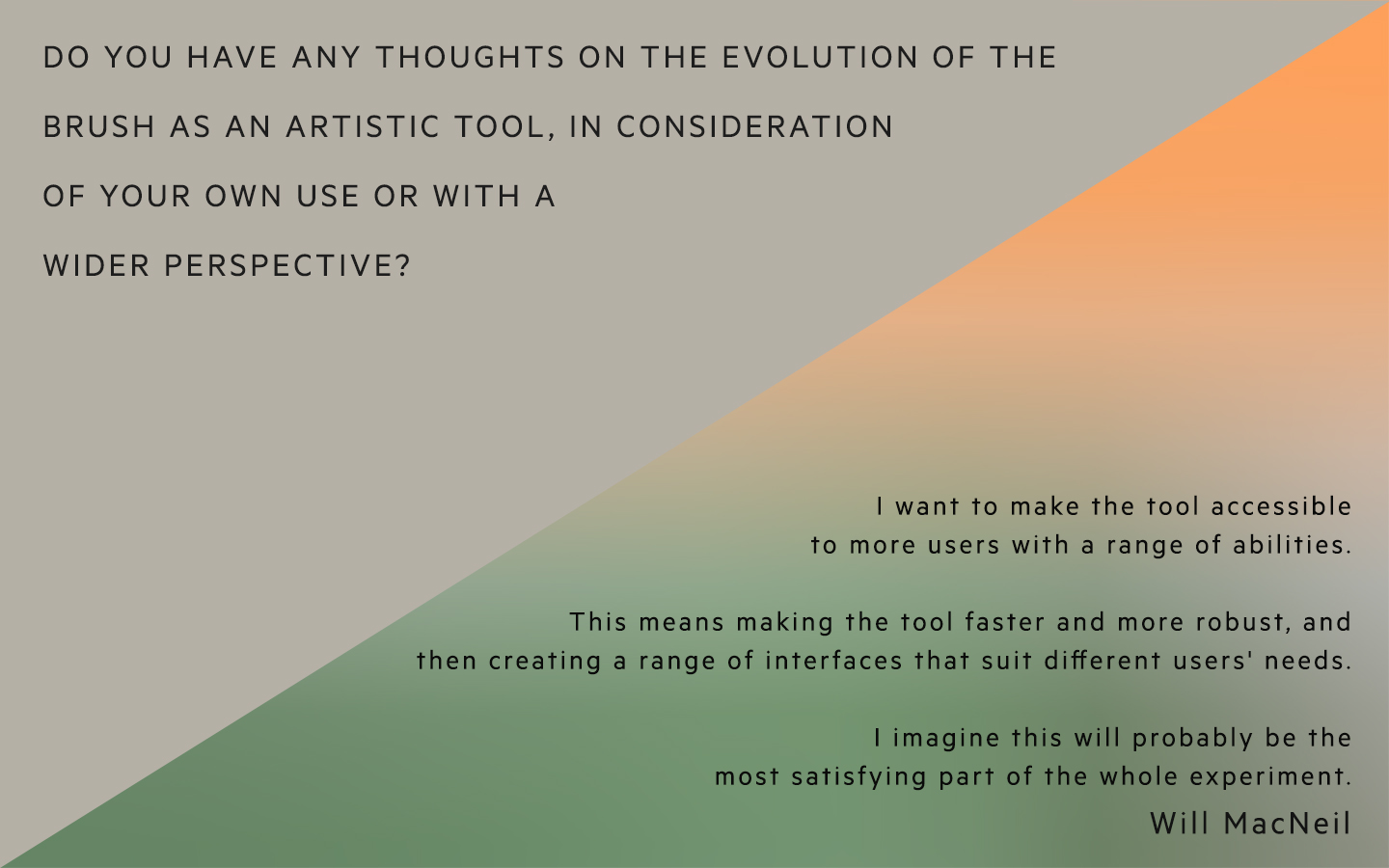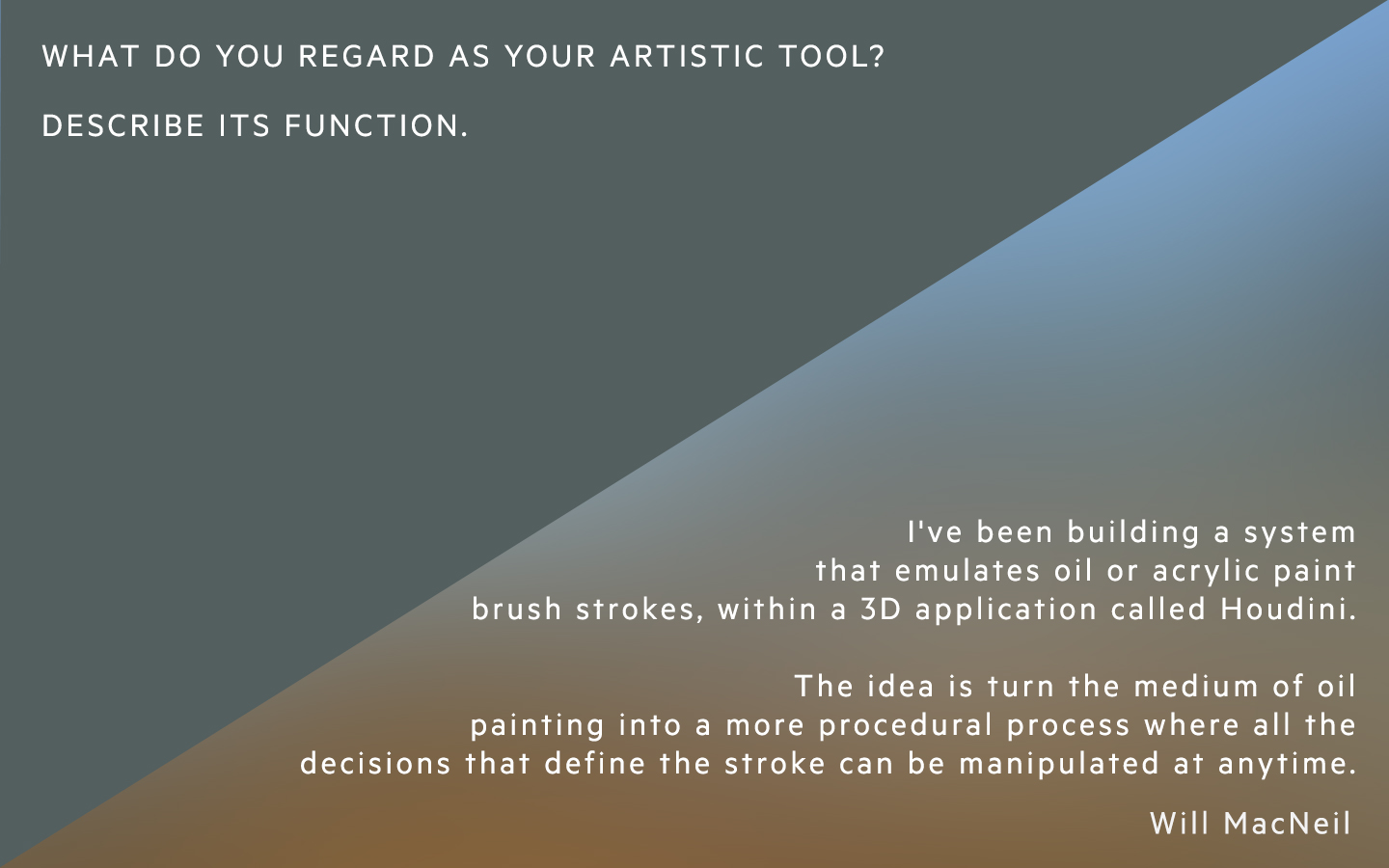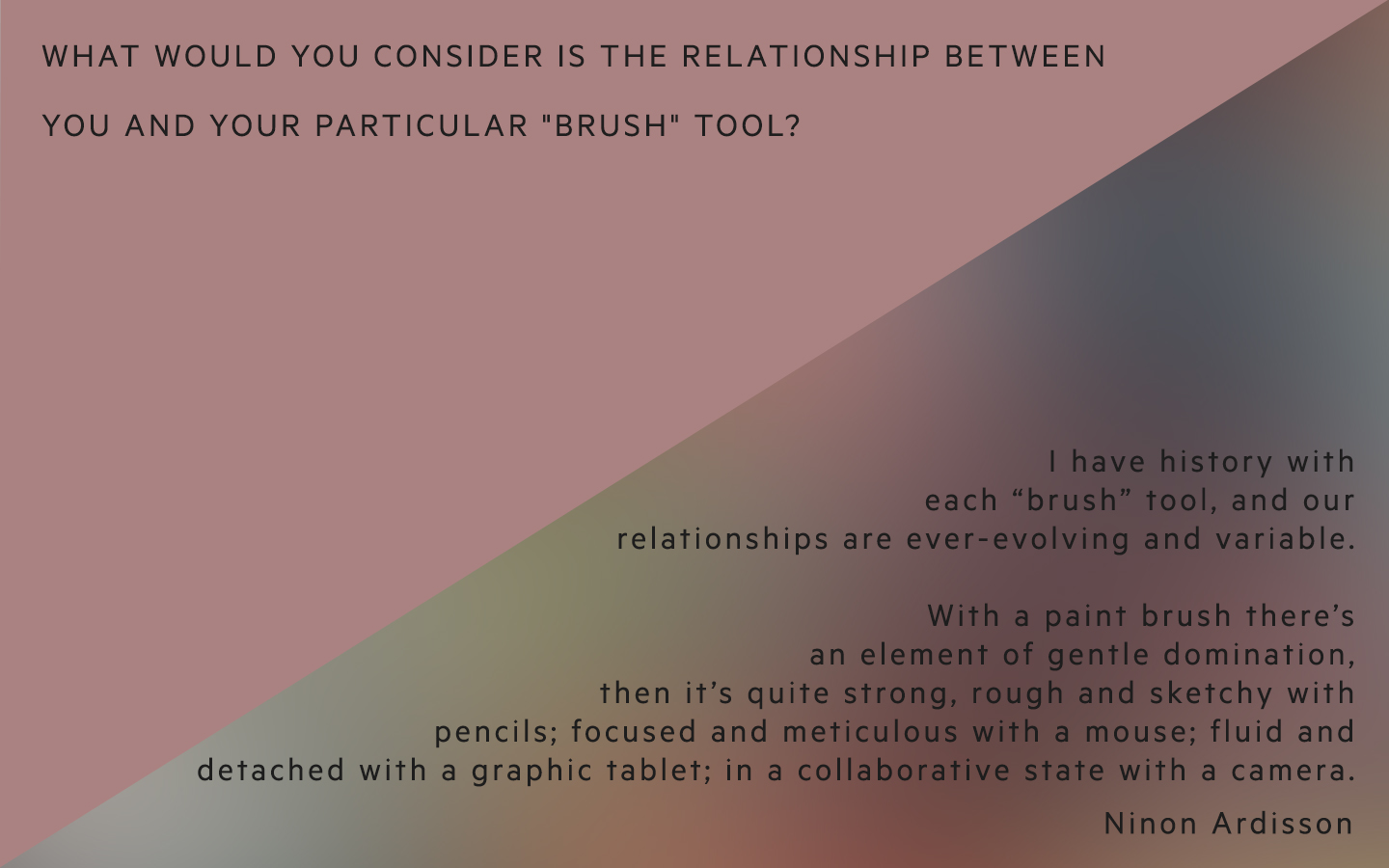The Interactive Evolution of a Brush
Tracing the functional evolution of the brush as an artistic tool through its interaction with humans and machines. Speculating on what this will look like in the future.
Produced by: Yasmine Boudiaf, Eleanor Edwards, Gerolamo Gnecchi Ruscone, Daven Yishuai Zhang
Introduction
We wanted to demonstrate how the interactive relationship between human and machine can influence artistic output. We used the brush (an artistic tool), as a practical analogy to describe this relationship.
Historically, the role of the brush has been as a passive tool for the artist; a device for transposing the artist’s vision onto a canvas. The output is a product of the artist’s interaction with the brush.
The introduction of computation changes the artistic process; remodelling the linear relationship between the artist, tool and output into an interactive process between user and machine which in turn drives the evolution of the brush as a tool, influencing its function and thereby influencing artistic practice and output.
On imagining how the relationship between the human and the machine may develop further, we speculate on what future functions of the brush may be and how that would influence output.
Research Process
In order to inform our speculation, we undertook practical experiments using a variety of brushes and spoke to artist practitioners to learn from their experiences.
We explored traditional methods of mark making while augmenting various semiotic elements (for example our bodies, the tool, the canvas, the mark-making material). We took a somaesthetic approach, inspired by Rebecca Horn (Tate, 2019) and Kazuo Shiraga (Artnet, 2019) to heighten our senses and become more conscious of the relationship between artistic tools and the body.
The next stage was to introduce computation. Here, we used sensors to record heart beats and Arduino and Processing with an algorithm to interpret and visualise the data. We also expanded the notion of the artist to a more collaborative agent by including another person’s sensor data, producing a collaborative output.
Our theory developed as we moved away from a two-dimensional semiotic model that had a linear relationship between the artist, the brush and the output, into a more dynamic model which expanded to include collaborative co-producers (as artist), influences on the artist as a person (social factors), choice of technology (effecting figuration and output) and intangible factors (such as the subconscious or tool autonomy). We drew inspiration from Jaron Lanier’s theories of inhabiting avatars (Won, Bailenson and Lanier, 2015) and Stelarc’s extreme interactions with machines (Farnell, 1999).
With this, we developed an artefact that while functioning as a computational brush, also serves as a basis for a speculative scenario where the artist is unhindered by the limitations of current technology or the human body as we understand it. We also produced a podcast where we discussed the more speculative aspects of the project:
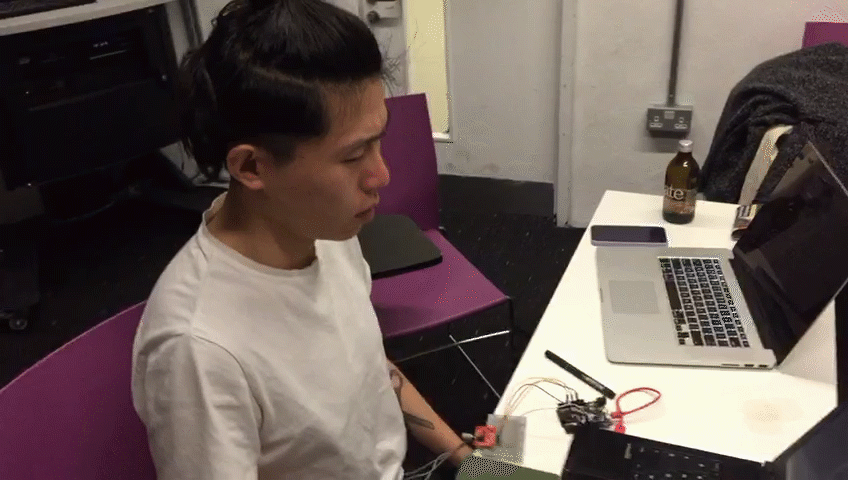
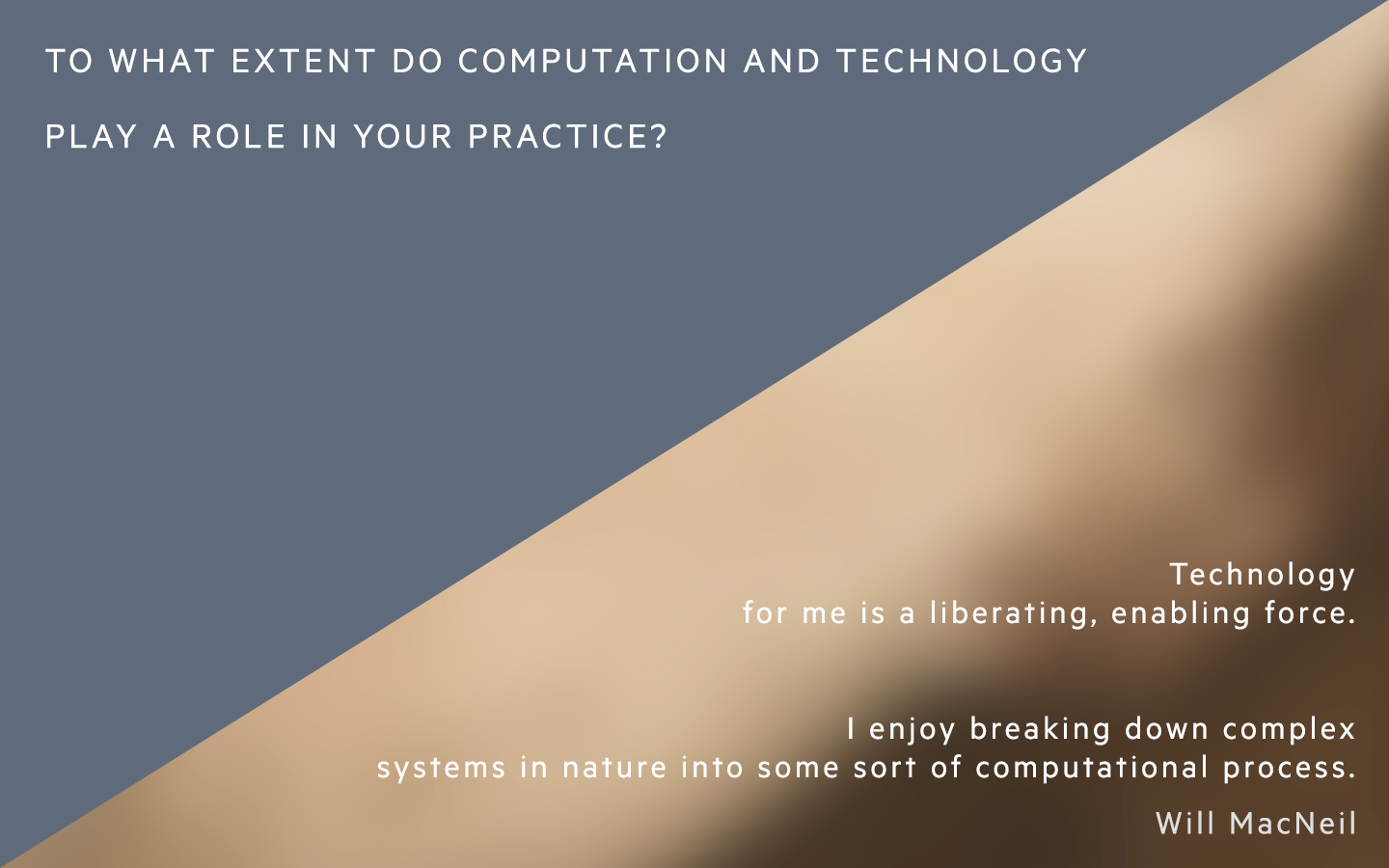
Conclusion
Our research, and the development of our artefact, gave us a good foundation from which we were able to speculate on how the relationship between humans and machines may influence the evolution of the brush.
Given more time, we would have liked to explore the notion of the ‘artist’ as a social construct and the limitations that may have put on our speculation. We would have also liked to explore the idea of authorship and how that may need to be redefined as AI becomes involved.
References:
Farnell, R. (1999) ‘In Dialogue with `Posthuman’ Bodies: Interview with Stelarc’, Body & Society, 5(2–3), pp. 129–147. doi: 10.1177/1357034X99005002008.
Kazuo Shiraga | artnet (no date). Available at: http://www.artnet.com/artists/kazuo-shiraga/ (Accessed: 16 December 2019).
Tate (no date) ‘Pencil Mask’, Rebecca Horn, 1972, Tate. Available at: https://www.tate.org.uk/art/artworks/horn-pencil-mask-t07847 (Accessed: 16 December 2019).
Won, A., Bailenson, J. and Lanier, J. (2015) ‘Homuncular Flexibility: The Human Ability to Inhabit Nonhuman Avatars’, in, pp. 1–16. doi: 10.1002/9781118900772.etrds0165.
































































